Why you should drink coffee year-round
Maybe you’ve heard—hot or cold, coffee is so healthy that it should be considered a superfood right up there with acai, blueberries, and kale. In fact, coffee has far and away more antioxidants than all that trendy produce. Thousands of studies have confirmed that coffee is useful in fighting multiple cancers, liver disease, type 2 diabetes, high blood pressure...the list goes on, but you get the idea.
The secret ingredients are antioxidants known as chlorogenic acids, or CGAs. These acids are “scavengers” that protect you from damaging free radicals. Free radicals come from pollution in the air, too much sunlight, and low-quality food. Basically, you know, living on Earth. They’re unavoidable, and they can damage your cell membranes through oxidation, which leads to many inflammatory diseases (plus prematurely aged skin–bummer).
CGAs eliminate these oxidizing molecules in the body. That’s why they’re called “antioxidants.” And that’s one of the main reasons why coffee is so darn good for you.
The difference between cold brew and iced coffee
With iced coffee, you first brew the beans with hot water (just like you would when the weather is under 70 degrees Fahrenheit), then cool it down afterward. Cold brewed coffee is never heated, and there are just a couple of different ways to make it. One is slow drip cold brew, which is pretty much exactly what it sounds like. It uses large glass towers, dripping ice water slowly from a reservoir at the top, through the ground coffee to collect in another reservoir at the bottom of the tower. In coffee shops, these cold brew devices can be elaborate and impressive, but, but home towers are smaller and range from about $30–90.
But by far, the most popular, and least expensive, way to make cold brew is through the “immersion” process. The grounds are mixed into cold water and then steeped over the course of 8–10 hours (or even up to 24). This can be done in anything from a cheap jug from the dollar store, to a mason jar, to insulated carafes. The grounds are then strained as the coffee is poured into a different container. What you have at the end of that process is a concentrate that can play nice with a big cup of ice without getting watered down.
Pros and cons of cold brew
Because coffee acids are better extracted at high temperatures, cold brew can be up to 60% less acidic than hot brewed coffee. This is great news for people with stomachs sensitive to acidity. A lot of people also love the smoother, sweeter flavor of cold brew. Since fewer acids are extracted than from a typical heated brewing process, it doesn’t have the same bitter bite to it that can be off-putting for some.
On the other hand, that means fewer CGAs are extracted as well. And then you aren’t getting quite as many miracle-making antioxidants in your cup.
However, the major demerit for cold brew is a higher risk of exposure to contaminants. Only about 3% of the world’s coffee is organic, meaning that the rest of the beans may have pesticide residue from a chemically-treated growing process. Bacteria and yeast is good for the soil where coffee plants grow, but when they remain on the beans they can cause problems once they make it to the roasting facility.
During roasting, heat can often burn off or kill the contaminants. However, as green coffee beans and roasted ones cross paths, they can cross-contaminate. In the process of making cold brew, there’s no dose of hot water to banish pathogens. And bad bugs like Listeria and Botulism, both of which are extremely toxic, love to breed in cold liquids.
Even scarier is that regulation for coffee is virtually non-existent. Unless it’s done by the coffee producers themselves, nobody really checks to see if there are unhealthy substances on the roasted beans. So when you drink cold brew that isn’t independently tested for mold, bacteria, and the like, you don’t really know what could be hanging out in there.
A cold brew lover’s recipe for iced coffee
Brewed at temperatures that can kill off many toxins, iced coffee is a safer choice. Sure. But what if you adore the flavor of cold brew but don’t want to risk your health? Fortunately, there’s a delicious iced coffee recipe that has the low acidity of cold brew and the expediency and safety of iced coffee.Japanese Iced Coffee
Most Japanese Iced-Coffee recipes are for just one cup at a time. You can use an Aeropress or a Hario or Wave pour over. A Chemex recipe is included below, which allows you to make multiple servings.
Prep time: about 4 minutes
You’ll need:
- A scale that can measure in grams, preferably from 0.1g to 2kg
- 1 Chemex and filter
- 40g of Purity Coffee
- A grinder set a smallish-medium grind (the finer side of “drip”)
- 410g of hot water (about 200F or 94C)
- 230g of ice
- Add ice to the bottom of the Chemex
- Place your filter
- Add ground coffee to the filter and evenly wet grounds with 30–40g of water
- Allow the coffee to “bloom” for 30 seconds
- Pour about 60% of the water into the Chemex
- Wait for about 30 seconds
- Pour the rest of the water and let all coffee drain from the filter
Whatever method you use for your Japanese iced coffee, it’s best to be mindful of a few things to keep it from getting too watered down. First, experiment with a smaller grind (but not so it goes bitter) so you can extract more coffee with less water. Then, be very mindful of the type of ice you use and the amount of water. Use slow-melting ice cubes with a large surface area. Experts usually recommend a ratio of 1:16 coffee to water. And make sure you use your best quality filtered water for healthiest and tastiest results.
For peace of mind, choose a clean and healthy coffee
When you make iced coffee, higher water temperatures can eliminate many of the risks that cold brew presents, though not all of them. That’s why it’s usually best to find a coffee that’s tested free of contaminants. And that way, you don’t have to give up the smooth flavor and low acidity of cold brew, if that’s what you like best.
Purity Coffee is the only coffee that is produced with health as the top consideration. Every step of the way, from the organically grown plants to the fresh, nitrogen-flushed bags, we make sure the coffee is pure and clean. In addition to testing free of contaminants, Purity is roasted to the perfect sweet spot with the highest concentration of antioxidants and the lowest risk of carcinogenic compounds. You can be confident that your health is in good hands when you brew Purity Coffee at any temperature.
- https://www.elitedaily.com/life/culture/iced-coffee-health-benefits/1221315
- https://www.huffingtonpost.com/glamour/is-cold-brew-coffee-bette_b_8964244.html
- https://handground.com/grind/beginners-guide-to-cold-brew-coffee-recipes-tips-from-the-pros
- https://handground.com/grind/complete-guide-to-japanese-iced-coffee
- https://medium.com/ally-coffee/what-coffee-roasters-need-to-know-about-food-safety-e447340f4b2


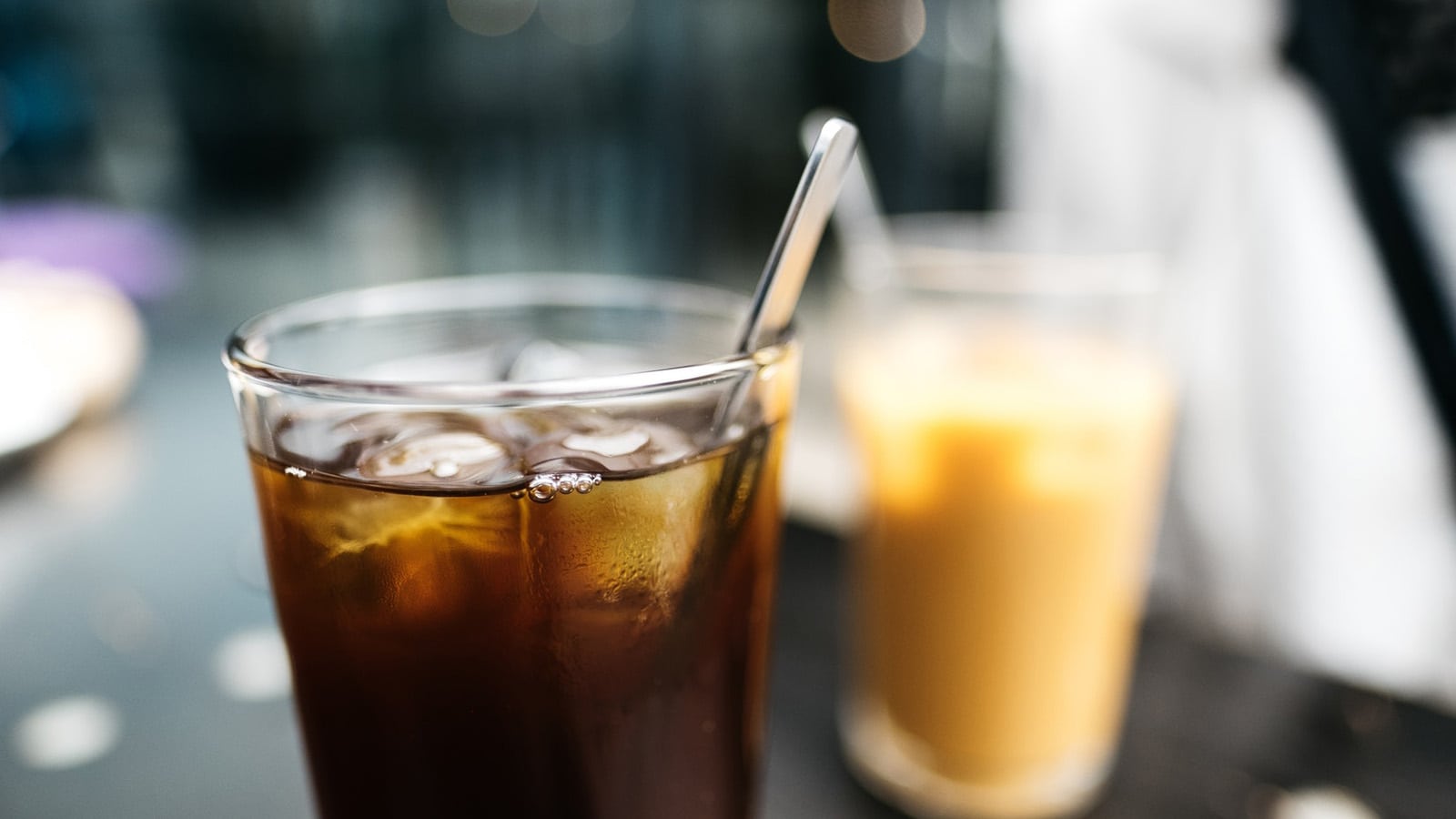
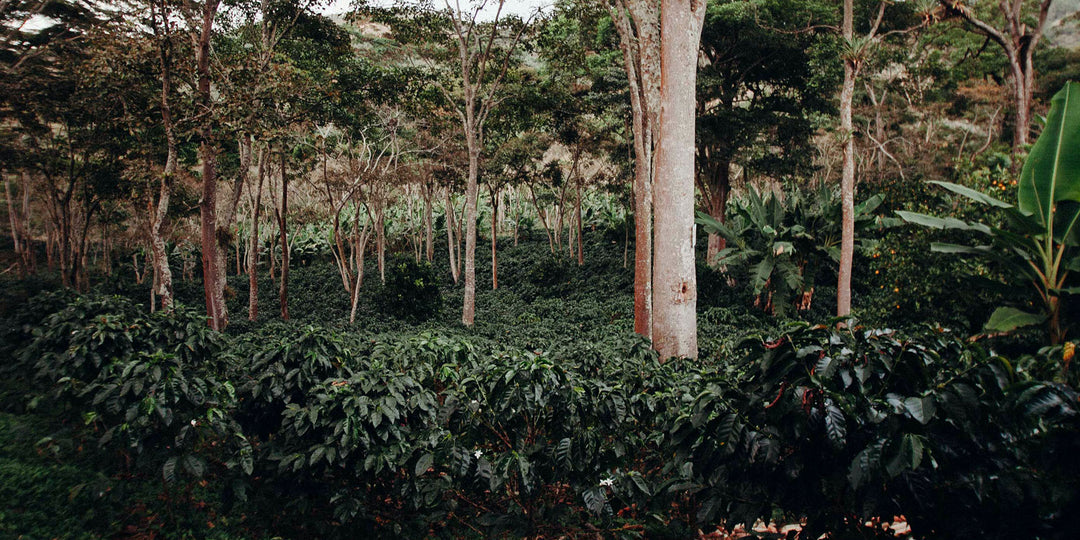
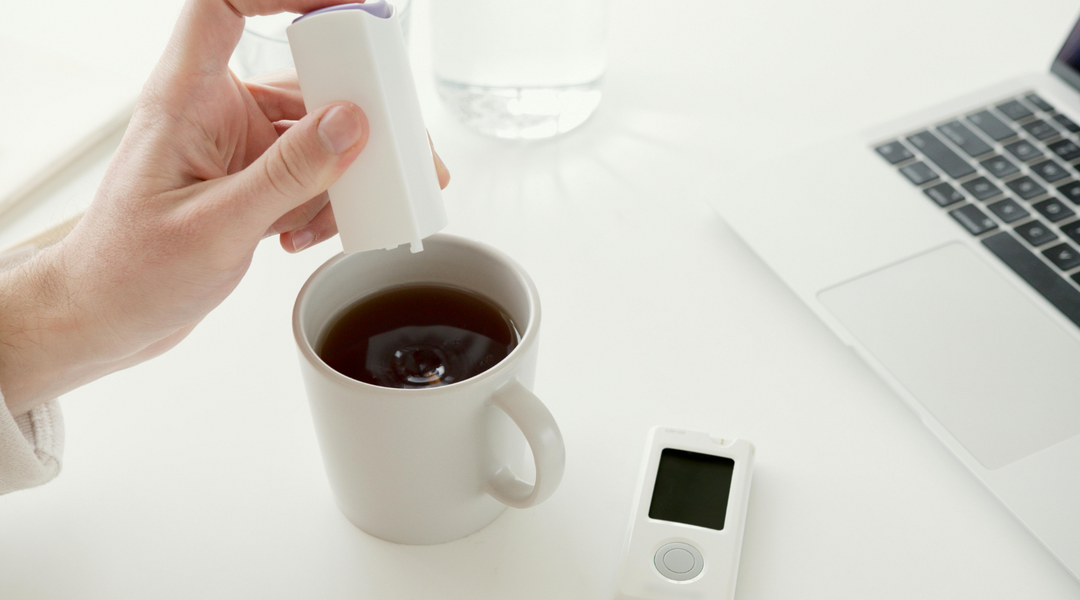
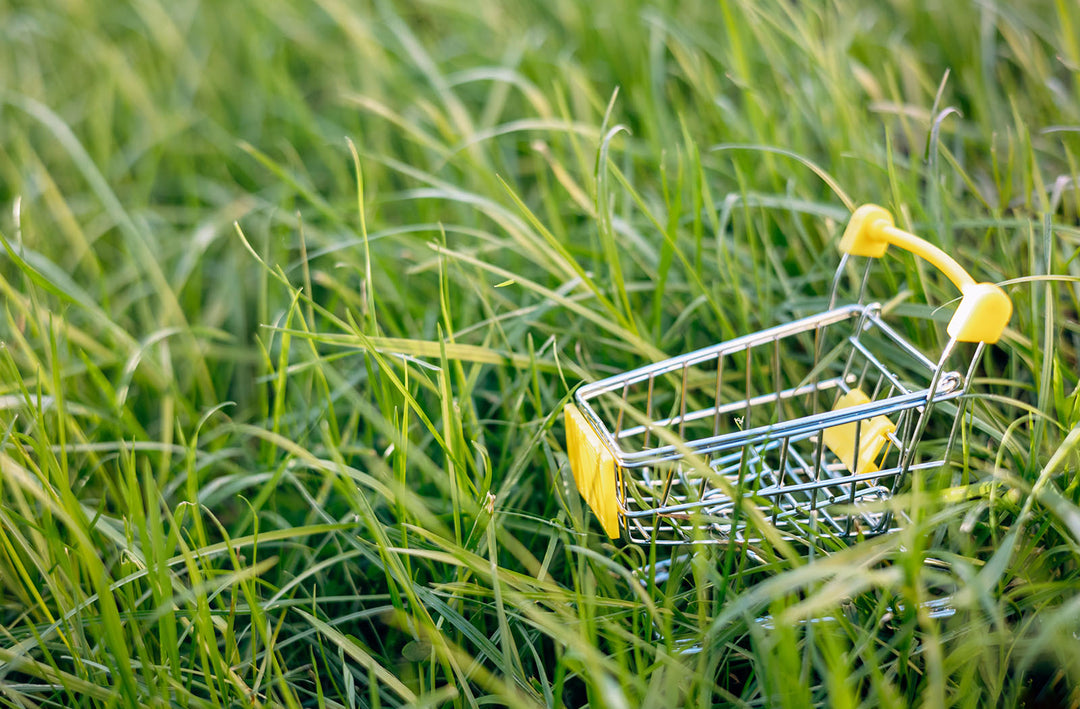
I appreciate the work Purity has done to bring to the forefront a healthy version of coffee. It’s unfortunate that so many companies aren’t putting the health of people first and that it’s legal to sell contaminated products to consumers and not be held accountable for it.
Leave a comment